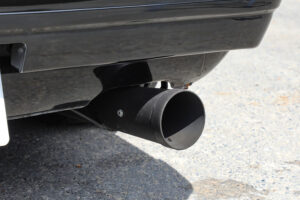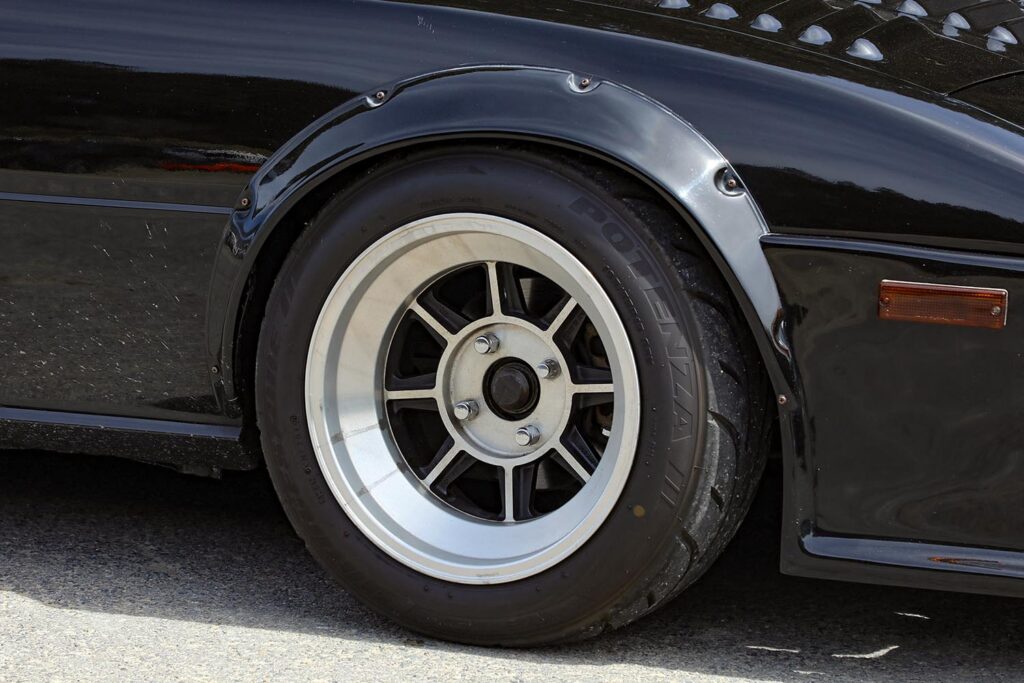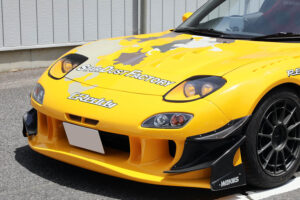Nostalgic Mazda Savanna RX-7
Some of the owners of these old cars recall the days when they used to have sports cars like this one, and are not satisfied with the stock style, but enjoy tinkering with their cars while expressing themselves. Mr. Takayuki Adachi, the owner of the Mazda “Savanna RX-7” introduced here, is one such person who enjoys customizing his car, saying, “Cars are interesting only when you make them to your taste.”
Without the rotary engine, the styling of the Savanna RX-7 would not have been possible
It was about five years ago that Mr. Adachi acquired Mazda’s first-generation SA22C “Savanna RX-7. He had driven many old cars in the past, but the debut of the Savanna RX-7 as Mazda’s first sports car after the epoch-making Mazda Cosmo Sport was a big shock to him, and he had always wanted to drive one someday.
The Savanna RX-7 was a model exclusively designed as a full-fledged sports car, starting from the platform, after reviewing Mazda’s development philosophy, which had been based on many shared parts. The styling was therefore designed with aerodynamic drag in mind, combining a slanted nose with retractable headlights. The low hood and the flowing body line that followed it also made a statement that the car was a sports car. The aerodynamic characteristics achieved a low Cd value of 0.36, which is astonishingly low for this era.

The reason Mazda was able to create the low nose styling is because of the rotary engine that is synonymous with Mazda. The lightweight and compact rotary engine can be mounted lower than a reciprocating engine due to its structural characteristics. Without the rotary engine, the Savanna RX-7’s styling would not have been possible.
Fully remade in the racer style of the time
Mr. Adachi remembered the car he admired when he was young, and based on the Savanna RX-7, he fully remodeled it. Some of its parts were included when he purchased the car, but he tuned it to develop it further. As for the detailed specifications, the first thing that catches the eye is the so-called “Porsche bumper” with huge fog lamps set on both sides. Then it is mounted with wide fenders on the front fenders and a combination of works over fenders on the rear.
The rear wing further emphasizes the unique wedge-shaped sports car design. The aero mirrors from the Mazda RX-7 253, which competed in the Le Mans 24-hour race, are also a must-see.
Carburetor down-drafting has numerous advantages
As for the engine, the 12A NA was tuned. Its contents were replaced with high-compression rotors and the side ports were enlarged. The carburetor is a Weber φ48 downdraft. This downdraft is a system in which the carburetor is set in a vertical position so that fuel and air are efficiently fed into the engine body, not against the force of gravity, to actively increase mixing efficiency. The effect is not only to increase power and response but also to produce numerous benefits such as improved engine startup and idling stability.

As for the engine system, a large-capacity 3-layer aluminum radiator is set as a countermeasure for the rotary engine, which is otherwise vulnerable to heat. Since cooling by itself is insufficient, fresh air is efficiently drawn in through the front spoiler and quickly drawn out by louvered ducts on the hood to improve circulation efficiency.
The all-black body color of this racer version of the Savanna RX-7 is also austere and cool. The wheels are Hayashi Racing wheels, a particular favorite of Mr. Adachi.























































